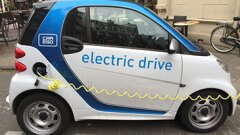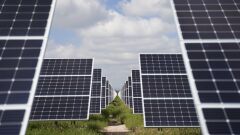The Inflation Reduction Act extended many green energy and energy efficiency tax breaks already in the Tax Code and created a number of new tax breaks as well. The legislation also imposes a number of new requirements to obtain the largest possible tax break, such as requirements to pay prevailing wages and offer apprenticeship programs, requirements to use domestic content, and requirements to operate in low-income or otherwise distressed communities.
Many tax breaks previously in the Tax Code were extended through 2022, while many of the new requirements to receive the maximum tax breaks do not come into play until 2023 or later. This creates a potential last opportunity to take advantage of some of these tax breaks before the new requirements come into play.












